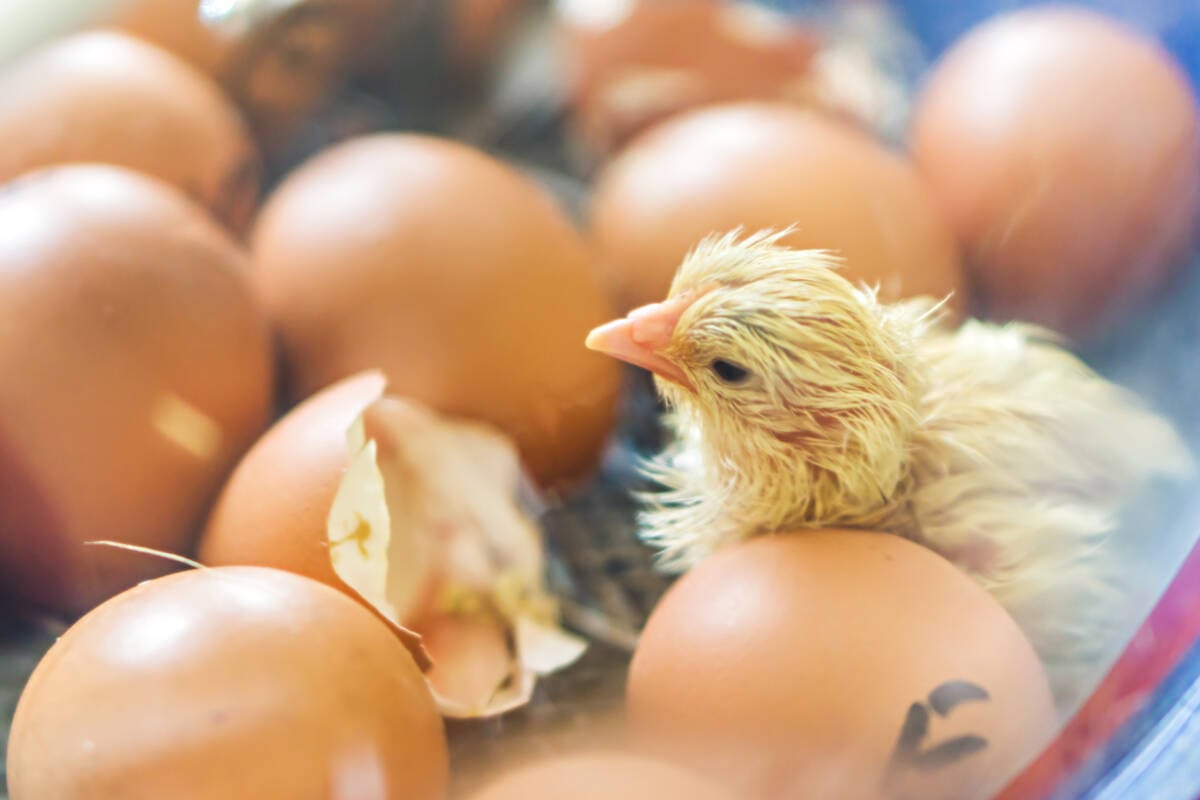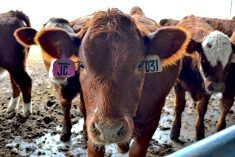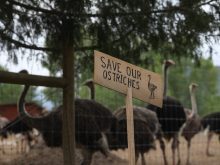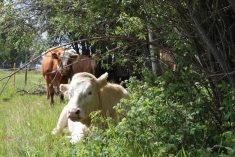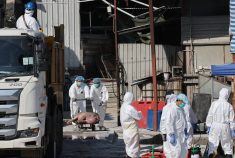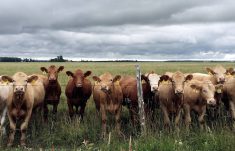Industry still needs some clarity on what changes to import regulations for hatching eggs mean for them, although a national chicken farm group doesn’t foresee significant effects.
In early October, the Canadian Food Inspection Agency announced a list of seven regulatory changes, part of a an ongoing government effort to untangle regulatory red tape.
As well as several changes for fruit and vegetable growers and veal producers, the announcement included a line item shifting requirements for pathogen testing requirements if hatching eggs are to be brought into Canada.
Read Also

VIDEO: Claas Axion 9 tractors showcase comfort features
German equipment manufacturer Claas showcased its new Axion 9 tractor series, including farmer-focused cab features, at the Agritechnica 2025 machinery show in November.
Further guidance sent out by the CFIA said “hatching eggs of chickens, turkeys, waterfowl or game birds destined for Canadian licensed hatcheries must now be sourced from a flock sampled and tested as outlined in the Canadian Hatchery and Supply Flock Testing Standards or to a monitoring program deemed by the CFIA as equivalent.”
Nik Zylstra, director of hatchery and further poultry processing sectors with the Canadian Egg and Poultry Processors, said while he has not yet spoken with the CFIA about the announcement, he suspects it simply expands existing domestic hatchery standards onto U.S. egg exports to Canada.
“In the Health of Animals regulations in Canada, there’s a portion of them that speak to hatcheries,” said Zylstra.
“These regulations were updated two or three years ago in Canada and one of the requirements is that hatcheries have to source their hatching eggs from supply blocks that are in line with (Canada’s) testing standards.
“So there’s already a domestic requirement that supply flocks are tested using certain standards. And this is just officially applying the same requirements to imported hatching eggs.”
As for where U.S. hatching egg exporters stand, Zylstra doesn’t expect the rule change will require extra or higher standards than those already practised, adding that Canadian Egg and Poultry Producers represents the “vast majority” — but not all — of Canadian hatcheries.
“From what I understand, all of our hatcheries who import hatching eggs from the U.S. (have) U.S. suppliers (that) already follow some level of testing standards that are similar to the CFIA standards,” he said.
The Canadian Hatchery and Supply Flock Testing Standards cover a broad range of sampling testing procedures, including those for different strains of salmonella, as well as environmental tests, tests for day of hatch and embryonated eggs and others. It also classifies various diseases relevant to the hatching industry.


